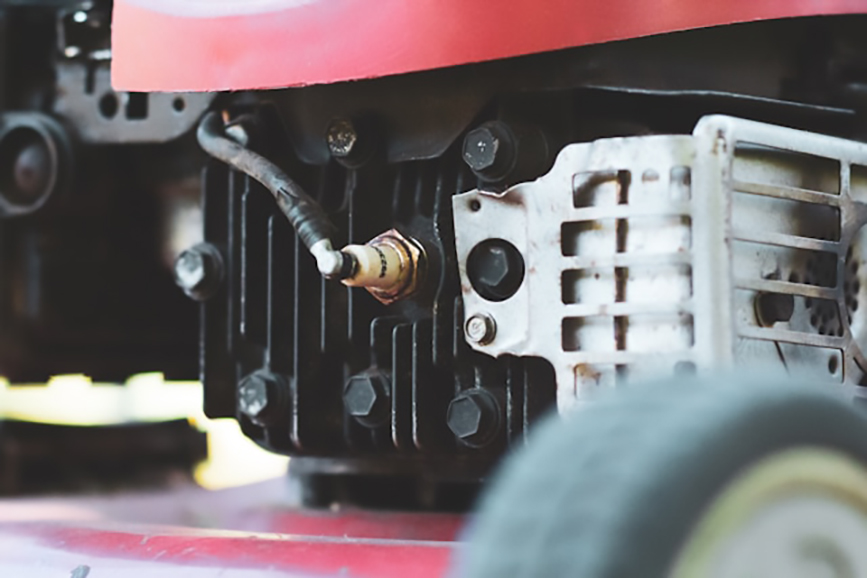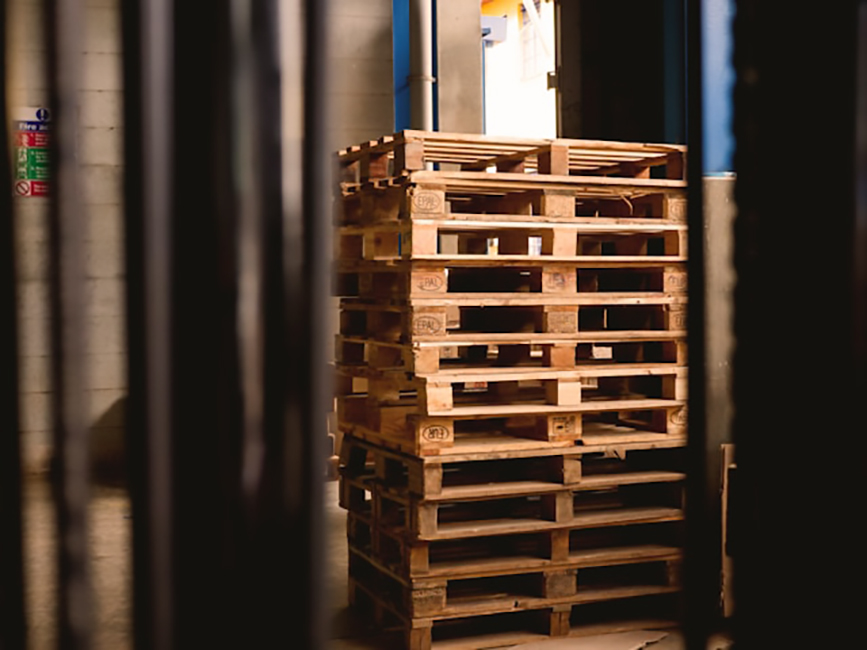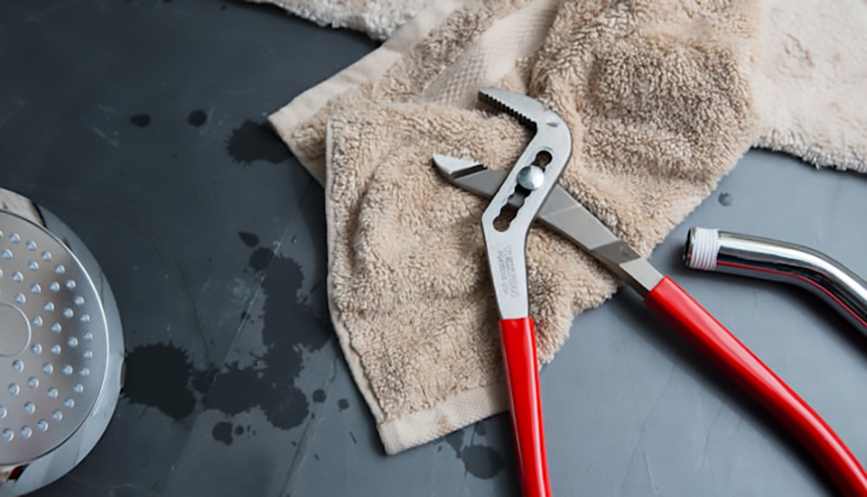 |
| Each new season brings the excitement of fresh yard work, but before you jump in, it’s important to slow down and think about safety first. Performing the right safety checks before starting lawn equipment helps you avoid accidents, extend the life of your machines, and make sure everything runs smoothly. Instead of treating it as a chore, consider it a smart routine that protects both you and your equipment while setting the stage for a more productive season. |
| Safety Checks Before Starting Lawn Equipment: Inspecting Fuel and Oil |
| One of the first things to check is the condition of your fuel and oil. Old gasoline can degrade over the winter and may clog up the carburetor, making it difficult for your mower or trimmer to start. If fuel has been sitting in the tank for months, it is wise to drain and replace it with fresh fuel. Oil is equally important; dirty or low oil levels can cause serious engine damage. A clean oil change before the season begins ensures smoother performance and better protection against overheating. |
| Examining Air Filters |
| Air filters are often overlooked but play a vital role in keeping your equipment running smoothly. Over time, filters can become clogged with dirt, grass, and dust, reducing airflow to the engine. Restricted airflow not only lowers efficiency but can also put strain on the motor. A quick check and, if needed, a replacement of the air filter will help your equipment breathe easily, which improves both power and fuel efficiency. |
| Checking Spark Plugs |
| Spark plugs are small but mighty components that ignite the v fuel-air mixture inside the engine. Worn or corroded spark plugs can cause misfires, hard starts, or rough idling. Before starting your lawn equipment for the season, take a few minutes to inspect the spark plug. If you notice buildup, cracks, or damage, replacing it is a simple and inexpensive fix that restores reliable ignition. |
| Examining Blades and Attachments |
| For mowers and other cutting equipment, blades are the heart of the machine. Dull, bent, or chipped blades not only make your lawn look uneven but can also damage grass by tearing instead of cleanly cutting. Inspect the blade carefully and sharpen or replace it as needed. For trimmers, check that strings are at the right length and not frayed. Sharp, well-maintained blades and attachments make yard work faster and safer. |
| Inspecting Belts and Cables |
| Belts and cables connect various moving parts and ensure your equipment functions as intended. Cracked, frayed, or loose belts can cause equipment to slip, malfunction, or even break while in use. Similarly, control cables for throttle and drive mechanisms should be inspected for tension and wear. Catching these issues early prevents sudden breakdowns and reduces the risk of unexpected accidents during operation. |
| Looking Over Tires and Wheels |
| If you have a riding mower or equipment with wheels, tires are critical for stability and maneuverability. Flat or underinflated tires can make handling difficult, while worn treads reduce traction. Take the time to inflate tires to their recommended pressure and look for signs of cracks or wear. A smooth ride makes it easier to control equipment and reduces the chance of accidents, especially on uneven terrain. |
| Preparing for Storage and Movement |
| Sometimes, seasonal yard work involves more than just starting up your equipment—it may also mean repositioning or transporting it. If you ever find yourself packing and moving your lawn mower, whether to a new home or a storage shed, it’s important to empty the fuel, secure any loose parts, and handle the machine carefully. This not only makes transport safer but also ensures that when you set it up again, your equipment is ready to perform without issues. |
 |
| Apart from safety checks before starting lawn equipment, it is important to prepare for storage and movement. |
| Testing Safety Features |
| Modern lawn equipment comes equipped with safety features designed to protect users. These include kill switches, safety bars, and guards. Before starting up your equipment, confirm that all safety features are working properly. For example, ensure that releasing the safety bar on a mower stops the blade immediately. These features are built for a reason, and testing them ensures you have an extra layer of protection when you’re working in the yard. |
| Cleaning the Equipment |
| A thorough cleaning is more than just cosmetic. Dirt, grass clippings, and debris can build up in hidden spots, leading to blockages and wear. Cleaning your equipment before the season not only makes it look better but also prevents functional issues. Pay special attention to the underside of mower decks and vents, which often accumulate debris. A clean machine is easier to inspect, easier to maintain, and more pleasant to use. |
 |
| Dirt, grass clippings, and debris can build up in hidden spots, leading to blockages and wear. |
| Double-Checking Personal Safety Gear |
| While equipment checks are vital, your own protection matters just as much. Before running any machinery, inspect your gloves, eye protection, and hearing protection to ensure they are in good condition. Proper gear reduces the risk of injury from flying debris, loud engines, or accidental slips. Making safety a personal priority completes the checklist and gives you peace of mind while working outdoors. |
| Preventing Costly Damage |
| A little preparation goes a long way when it comes to your outdoor machines. Taking time for proper safety checks before starting lawn equipment ensures your mower, trimmer, or blower operates reliably and securely. With these steps in place, you not only prevent costly breakdowns but also create a safer environment for your yard work. By prioritizing safety at the start of each season, you’ll enjoy the confidence and peace of mind that come with knowing both you and your equipment are ready for the tasks ahead. |
Close-up of Engine By: Maciej Karoń
Pallet Stack Photo By: Reproductive Health Supplies Coalition
Wrench on Table By: Tekton
|